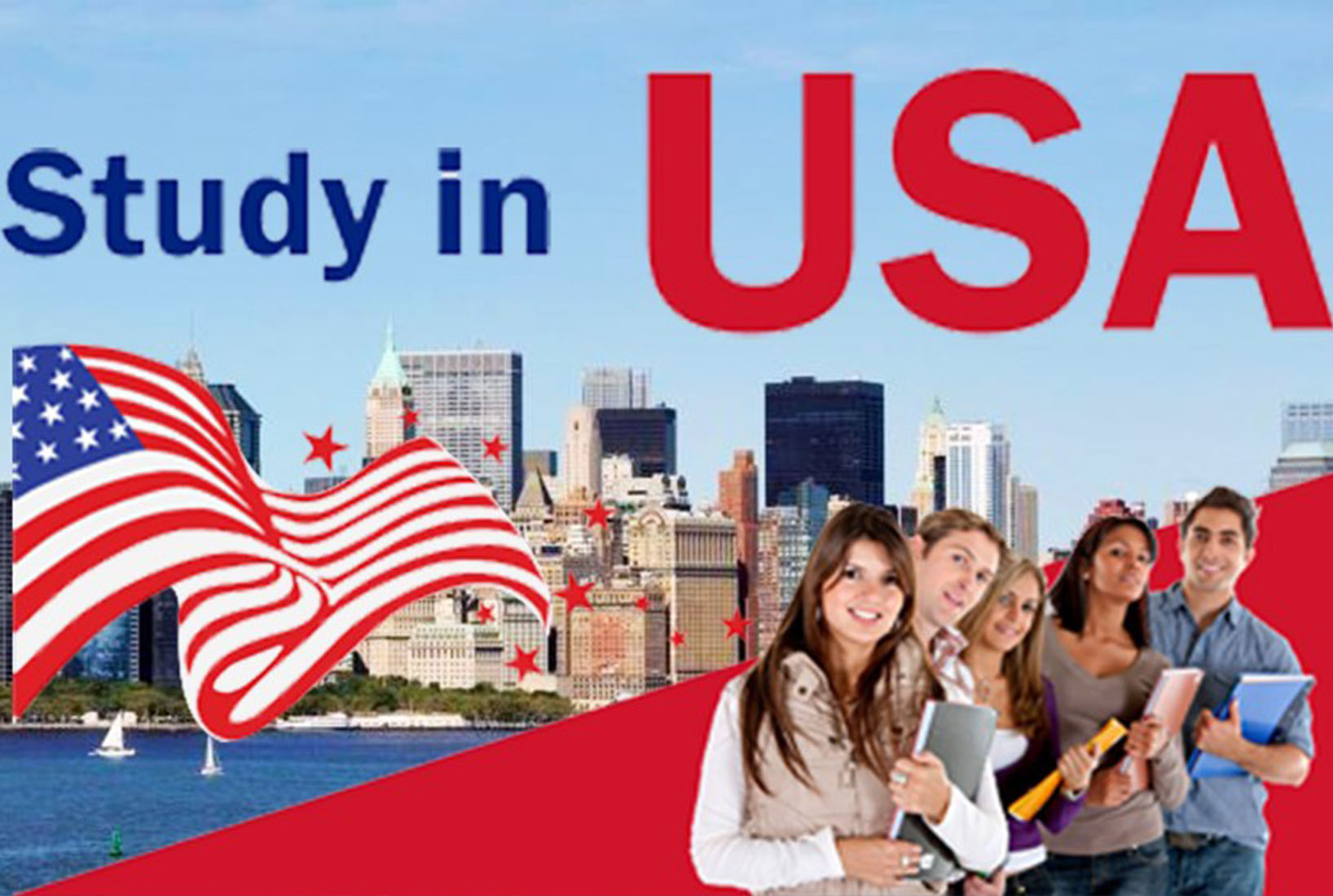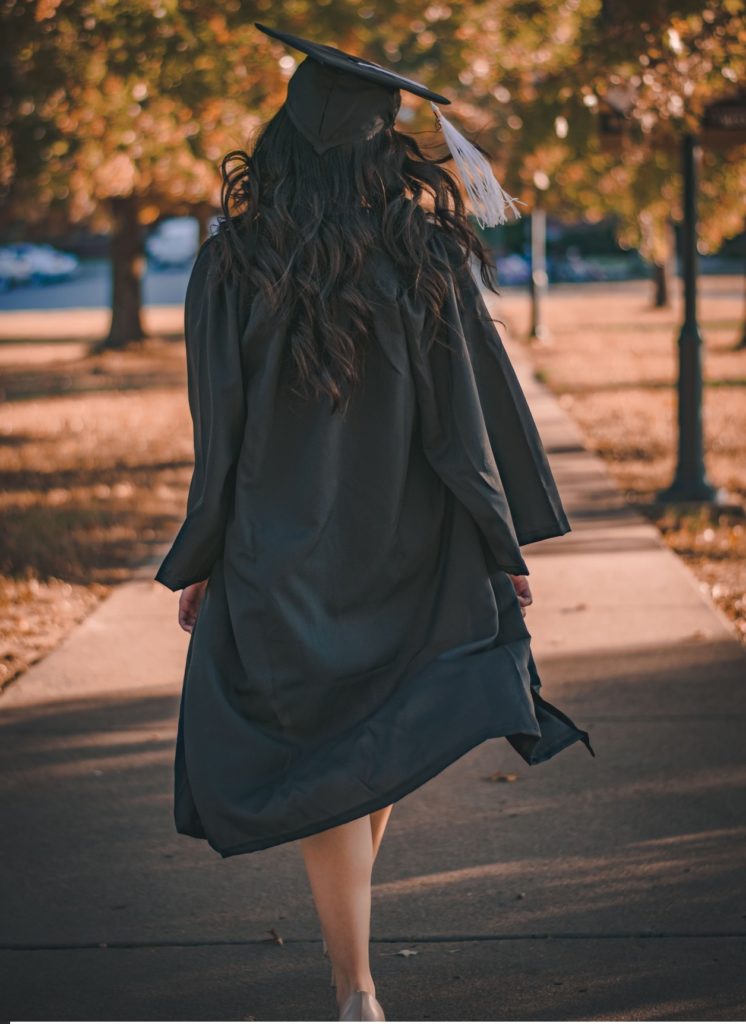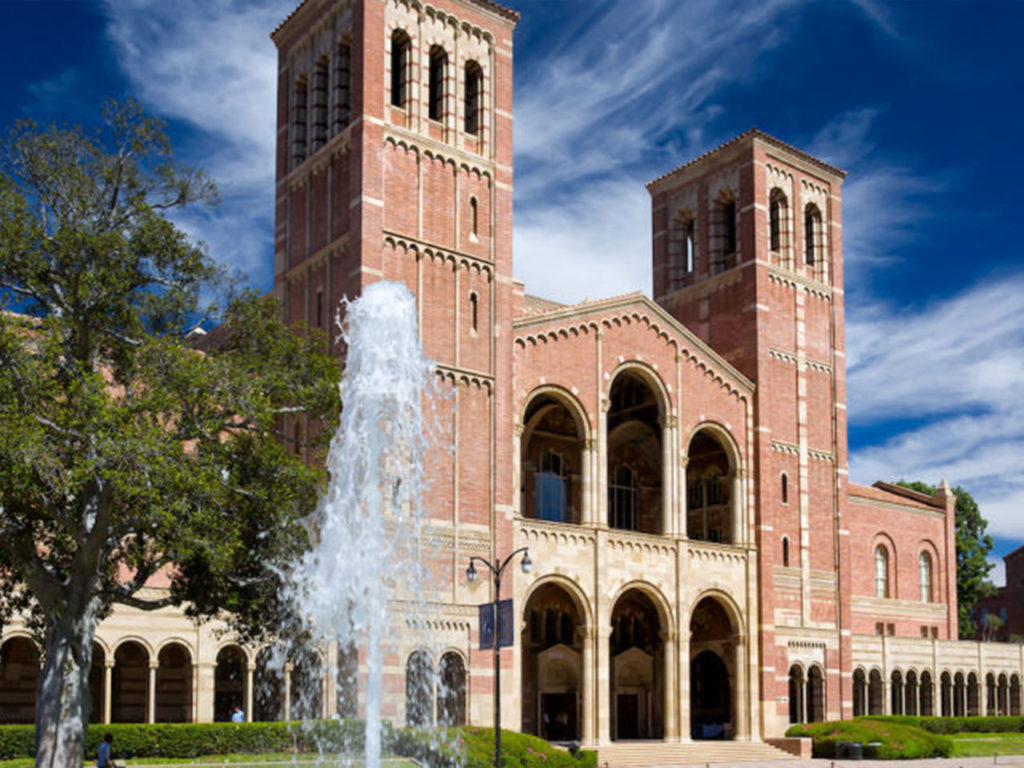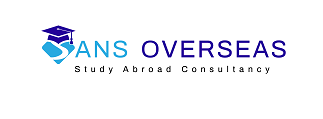The United States is the number one destination for international students seeking higher education abroad. In fact, about 30 percent of all current international students in the world are studying in the United States.
What makes a U.S. education so popular?
Reputation
The U.S. higher education system has an international reputation for quality:
• Distinguished programs are available at both the undergraduate and graduate levels in almost every field of study.
• Many universities attract world-renowned faculty and are at the forefront of research and technological development.
• State-of-the-art facilities include libraries, laboratories, computers, and other resources.
United States


GMAT
The Graduate Management Admission Test (GMAT), is a computer-adaptive standardized test in mathematics and the English language for measuring aptitude to succeed academically in graduate business studies. Business schools use the test as a criterion for admission into graduate business administration programs (e.g. MBA, Master of Accountancy, etc.) throughout the world. It is delivered via computer at various locations around the world. In those international locations where an extensive network of computers has not yet been established, the GMAT is offered either at temporary computer-based testing centers on a limited schedule or as a paper-based test (given once or twice a year) at local testing centers.
TOEFL
International students must complete the Test of English as a Foreign Language (TOEFL) before applying to US colleges and universities. This four-hour test allows admissions committees to evaluate the student’s ability to use and understand Standard America English at a college level. The TOEFL ® is administered worldwide and is available in both an internet-based and paper-based format with four sections: Reading, Writing, Listening, Speaking. Most colleges and universities only consider the most recent score, and the TOEFL ® score is valid for two years. As an international student you need a good TOEFL ® score for entry into universities and colleges in the USA.
GRE
The Graduate Record Examinations (GRE) is a standardized test that is an admissions requirement for many graduate schools in the United States,[1] in other English-speaking countries and for English-taught graduate and business programs world-wide. Created and administered by Educational Testing Service (ETS) in 1949, the exam aims to measure verbal reasoning, quantitative reasoning, analytical writing and critical thinking skills that have been acquired over a long period of time and that are not related to any specific field of study. The GRE General Test is offered as a computer-based, computer adaptive exam administered by selected qualified testing centers; however, paper-based exams are offered in areas of the world where computer-based testing is not available.
In the graduate school admissions process, the level of emphasis that is placed upon GRE scores varies widely between schools and between departments within schools. The importance of a GRE score can range from being a mere admission formality to an important selection factor


Different universities have different admission policies. Your university will inform you what they need from you in order to determine that you are academically eligible. Amongst other requirements, you will need to show the school that you have enough money to support yourself while studying without having to work and you may have to show health insurance in order to cover any medical expenses should you need any medical assistance. Always protect yourself by keeping a copy of everything that you fill out and send off.
Once the university has determined that your application is complete and you are academically eligible, they will issue an I-20 form to enable you to apply for your student visa.
Applicants for student visas should generally apply at the U.S. Embassy or Consulate with jurisdiction over their place of permanent residence. This will normally be your home country, the country in which you live. Although visa applicants may apply at any U.S. consular office abroad, it may be more difficult to qualify for the visa outside the country of permanent residence.
